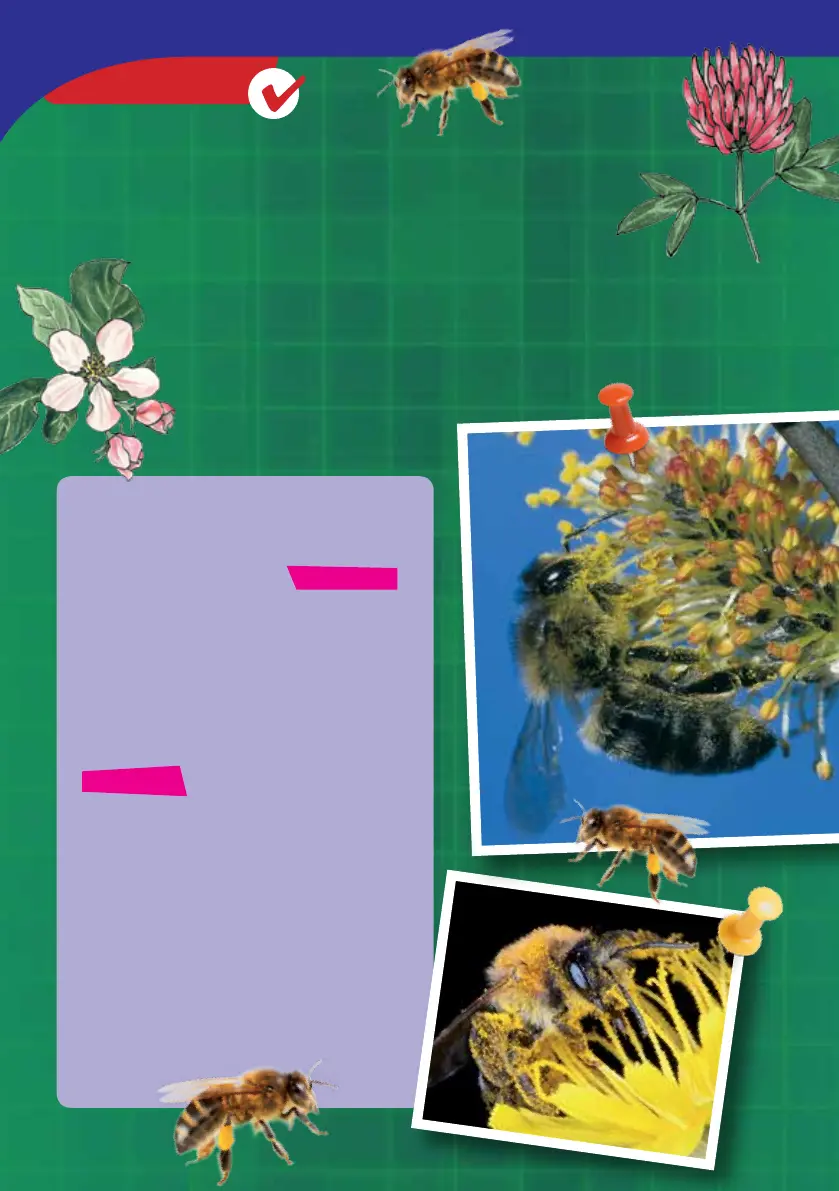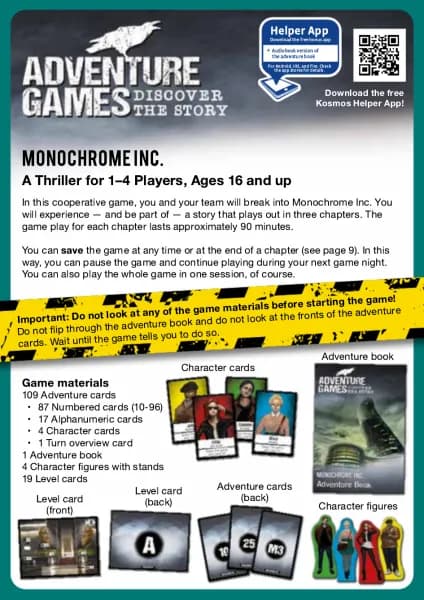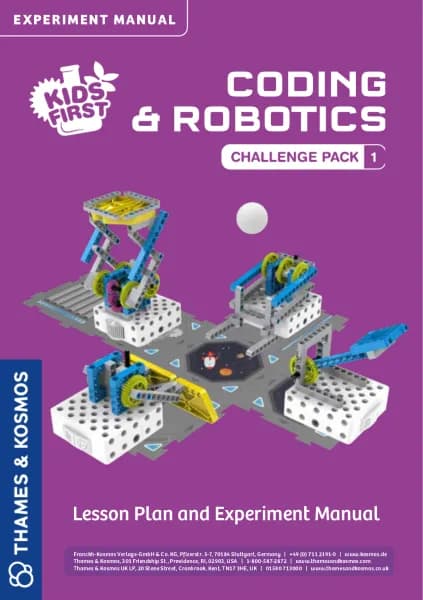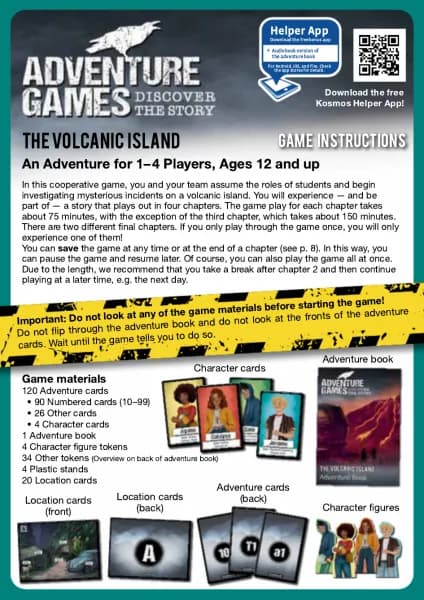Thames & Kosmos Kids First: Biology Lab handleiding
Handleiding
Je bekijkt pagina 34 van 36

CHECK IT OUT
32
Pollen Grains:
The Calling Cards of
Flowers
As they fly around from flower to flower,
honeybees collect the precious nectar from
which they eventually make honey. At the
same time, they also collect flower pollen
to feed the bee larvae in the hive. Have you
ever watched a bee that just visited a
flower? As it emerges from the flower, it
will often appear covered with yellow
powder from head to foot. You shouldn’t be
surprised, then, if a few of those pollen
grains end up in the honey.
Pollen grains are interesting objects to
study under a microscope. You will be able
to discover lots of different shapes and
surface structures among them. The round,
prickly pollen of a sunflower, for example,
looks completely different from the air-
bladder-equipped pollen grains of a pine
tree or spruce. There are scientists who
specialize in pollen, using a microscope to
study the pollen composition of all sorts of
samples — among other things, to
determine the country from which a honey
sample came.
Bekijk gratis de handleiding van Thames & Kosmos Kids First: Biology Lab, stel vragen en lees de antwoorden op veelvoorkomende problemen, of gebruik onze assistent om sneller informatie in de handleiding te vinden of uitleg te krijgen over specifieke functies.
Productinformatie
| Merk | Thames & Kosmos |
| Model | Kids First: Biology Lab |
| Categorie | Niet gecategoriseerd |
| Taal | Nederlands |
| Grootte | 25924 MB |







